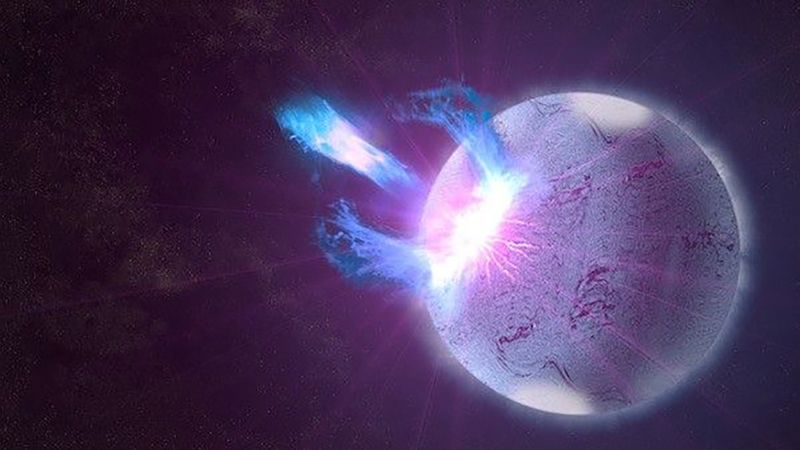
Astronomers have uncovered compelling evidence that starquakes occurring on magnetars — a rare type of neutron star with extremely strong magnetic fields — could play a significant role in creating heavy elements like gold. The findings, published in a recent scientific study, shed light on a previously underexplored astrophysical process.
Magnetars are dense remnants of massive stars that have undergone supernova explosions. While they are already known for their powerful magnetic fields — the most intense in the universe — the new research focuses on sudden, violent disruptions on their surfaces, known as starquakes. These quakes are believed to release enormous amounts of energy capable of driving nuclear reactions that forge new elements.
The study suggests that these high-energy events could be a source of r-process nucleosynthesis, the rapid process by which atomic nuclei collide and form heavier elements. Traditionally, violent cosmic events like neutron star mergers have been considered the primary sites for this process. However, the discovery indicates that magnetar starquakes might offer an alternative, or complementary, origin for some of the universe’s most precious materials.
This research provides new insight into the complex phenomena that shape the cosmic distribution of elements and contributes to our broader understanding of how the universe’s matter evolves over time. Further studies and observations will be necessary to quantify the overall impact of magnetar activity on heavy element formation.
Source: https:// – Courtesy of the original publisher.






